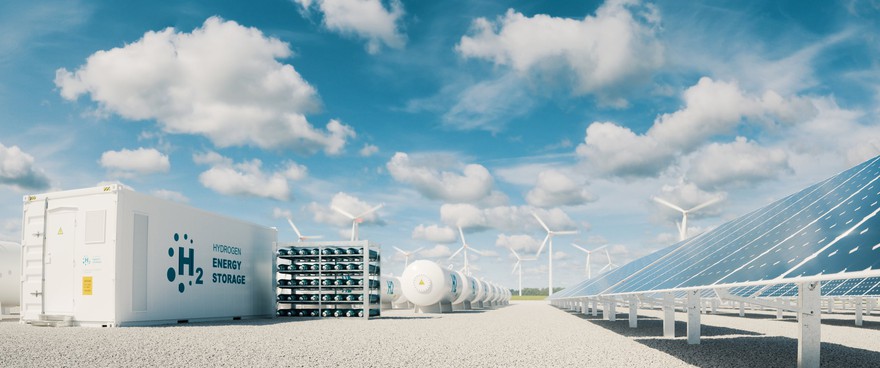Pipleine stocks are publicly traded companies focused on owning energy midstream infrastructure such as pipelines. There are about 3 million miles of pipelines in the U.S. They safely deliver trillions of cubic feet of natural gas to power plants, industrial facilities, homes, and businesses. Billions more gallons of liquid fuels are delivered to refineries, terminals, and refueling stations. Pipelines are crucial to maintaining the economy's energy supply.

Many types of companies own energy pipelines. Oil and gas producers own pipelines to transport production from wells to refineries and market centers. Utilities will also own pipelines to transport natural gas to their power plants and distribute it to consumers.
Meanwhile, many midstream companies focus entirely on owning and operating pipelines and other energy-related infrastructure to support producers, utilities, and refiners. They are typically paid a fixed fee to allow other energy companies to utilize the capacity of their pipeline systems.
One unique aspect of the pipeline sector is that some companies have chosen to structure themselves as master limited partnerships (MLPs) for tax purposes. These entities tend to distribute a large portion of their cash flows to investors, making them more appealing to income investors.
The U.S. pipeline industry's expansion has been under pressure in recent years due to volatile energy prices and environmental concerns. However, with energy demand surging, it's fueling demand for new pipeline capacity in the U.S.
Seven best pipeline stocks
More than 25 publicly traded midstream companies operate pipelines and related energy infrastructure. That gives investors lots of options. Here's a snapshot of some of the top pipeline stocks:
| Name and ticker | Market cap | Dividend yield |
|---|---|---|
| Enbridge (NYSE:ENB) | $102.4 billion | 5.69% |
| Enterprise Products Partners (NYSE:EPD) | $68.4 billion | 6.78% |
| Energy Transfer (NYSE:ET) | $57.6 billion | 7.78% |
| Kinder Morgan (NYSE:KMI) | $58.0 billion | 4.45% |
| MPLX (NYSE:MPLX) | $51.5 billion | 7.57% |
| Oneok (NYSE:OKE) | $42.0 billion | 6.12% |
| Williams Companies (NYSE:WMB) | $70.4 billion | 3.43% |
Market cap (short for capitalization) refers to a company's total value. To calculate market cap, simply multiply the share price by the number of shares. It's one way to evaluate how much a company is worth.
1. Enbridge
Enbridge operates the world's longest, most complex crude oil and liquids transportation system, moving 30% of all the oil produced in North America. The Canadian corporation also operates natural gas transmission and distribution pipelines, carrying about 20% of all the gas consumed in the U.S. The company also has a growing renewable energy business, highlighted by offshore wind energy facilities in Europe.

NYSE: ENB
Key Data Points
Enbridge (ENB -0.71%) has a remarkable growth track record. The Canadian pipeline and utility company delivered its 30th consecutive annual dividend increase in 2025. It should have plenty of power to continue increasing its payout. The company has a top-notch financial profile and a multibillion-dollar backlog of projects under construction and in development.
Enbridge estimates that it will increase its cash flow per share at a 3% annual rate through at least 2026 and by approximately 5% annually thereafter. Although it's a leader in transporting fossil fuels, Enbridge is increasingly investing in cleaner energy sources such as renewables and green hydrogen energy.
2. Enterprise Products Partners

NYSE: EPD
Key Data Points

NYSE: MPLX
Key Data Points

NYSE: KMI
Key Data Points

NYSE: WMB
Key Data Points
6. Energy Transfer

NYSE: ET
Key Data Points

NYSE: OKE
Key Data Points
Pipeline stocks can be great income investments
Pipeline companies tend to generate very steady cash flow. They earn fees as oil and gas flow through their systems, which gives them the funds to pay attractive dividends and invest in expanding their operations. Pipeline stocks tend to be great options for investors seeking to generate some passive income.









